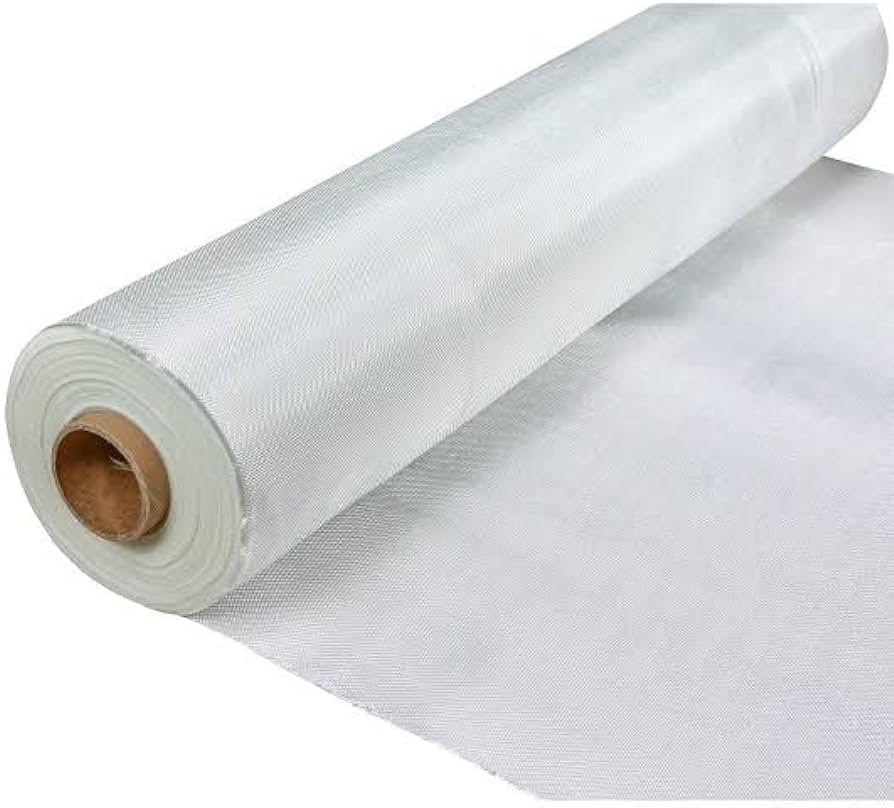Introduction to Fiberglass
A kind of fiber-reinforced plastic known is a material in which glass fiber helps as the reinforced plastic itself. One possible clarification for why fiberglass is from time to time referred to as glass fiber reinforced plastic or glass reinforced plastic is as it is used in many areas. Flattening the glass fiber into a sheet, aimlessly arranging it, or knitting it into a fabric are the typical uses that are taken. It is possible to make glass fibers out of a variation of various types of glass, depending on the use of the fiberglass.
When it comes to the creation of both personal and commercial items, fiberglass grating is among the most advantageous materials that can be used. At first, it was not advised that it be used in the development process since it was thought to be perfect for the production of items such as linens, pots, aquariums, step ladders, and pipes. It comes with various types such as concave surface, smooth surface, rectangular grid, flat top surface and so on,
Fiberglass is a material that is tough, less weight, and less hard. The volume of fiberglass to be formed into an extensive variety of complicated forms is the material’s quite good-looking feature. For the many parts, this explains why fiberglass is used in a comprehensive variety of apps, including bathtubs, boats, airplanes, roofing, and added projects.
Properties of Fiberglass Gratings
Fiberglass is a material that has been getting demand in countless sectors, such as construction and automotive, and there is a solid reason for this. When compared to other materials, it stands out due to the many benefits that it owns. Let’s take a more in-depth look at its features. Strength in terms of mechanical properties: the specific resistance of fiberglass is higher than that of steel. In order to produce high-performance, it is used.
- Particulars pertaining to electricity
In spite of its relatively thin thickness, fiberglass is an excellent electrical insulator.
- Incombustible material
As a result of the fact that it is composed of minerals, fiberglass is inherently incorruptible. Because of this, it does not sustain or disseminate a flame. When it is subjected to heat, it does not release any smoke or other hazardous compounds.
- Stability in terms of dimensions
Fiberglass is not affected by changes in temperature or humidity that occur in the environment. It has a coefficient of linear expansion that is rather low.
- Conformity with organic matrices and compatibility
Fiberglass is capable of combining with a wide variety of synthetic resins as well as specific mineral matrices, such as cement, and may come in a variety of sizes.
- It does not rot
The activity of rats and insects does not have any effect on fiberglass since it does not decay.
- The ability to transmit heat
Because it has a low heat conductivity, fiberglass is a very beneficial material in the residential construction business.
- The permeability of electricity
Considering that fiberglass has this feature, it is an excellent choice for electromagnetic windows.
- Low maintenance
Fiberglass is well-known for having very minimal maintenance needs. Furthermore, in contrast to additional materials, it does not need to be tinted or sealed on a steady basis in order to fix the look and qualities. Because of this, it is a substitute that is both long-lasting and cost-effective for a diversity of sectors.
Bottom Line
Remember with a wide range of fiberglass gratings manufacturers in the market, it’s vital to choose a dependable and reputable supplier. Consider features such as excellence standards, customization options, and delivery timelines to guarantee you’re partnering with the best in the business.

